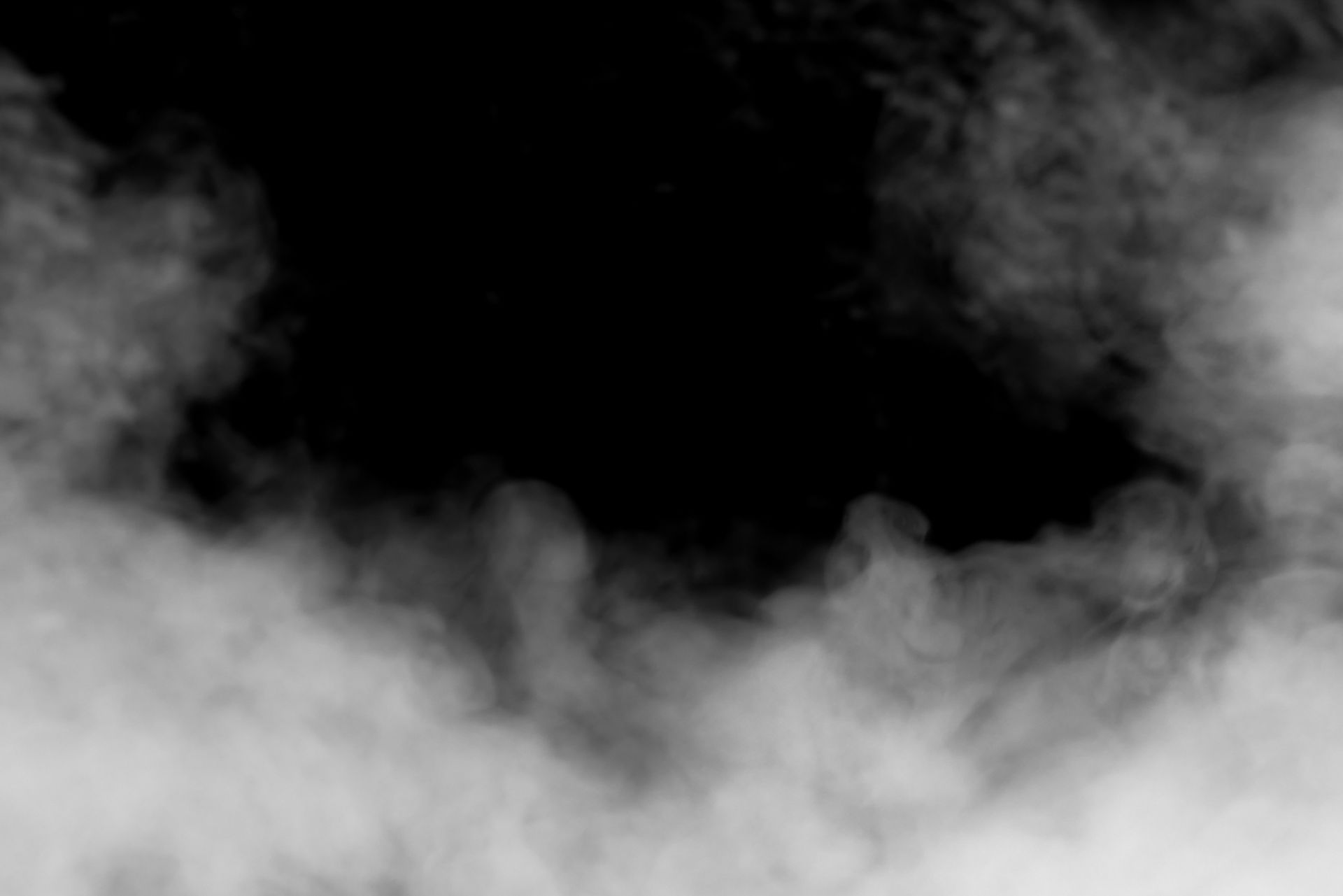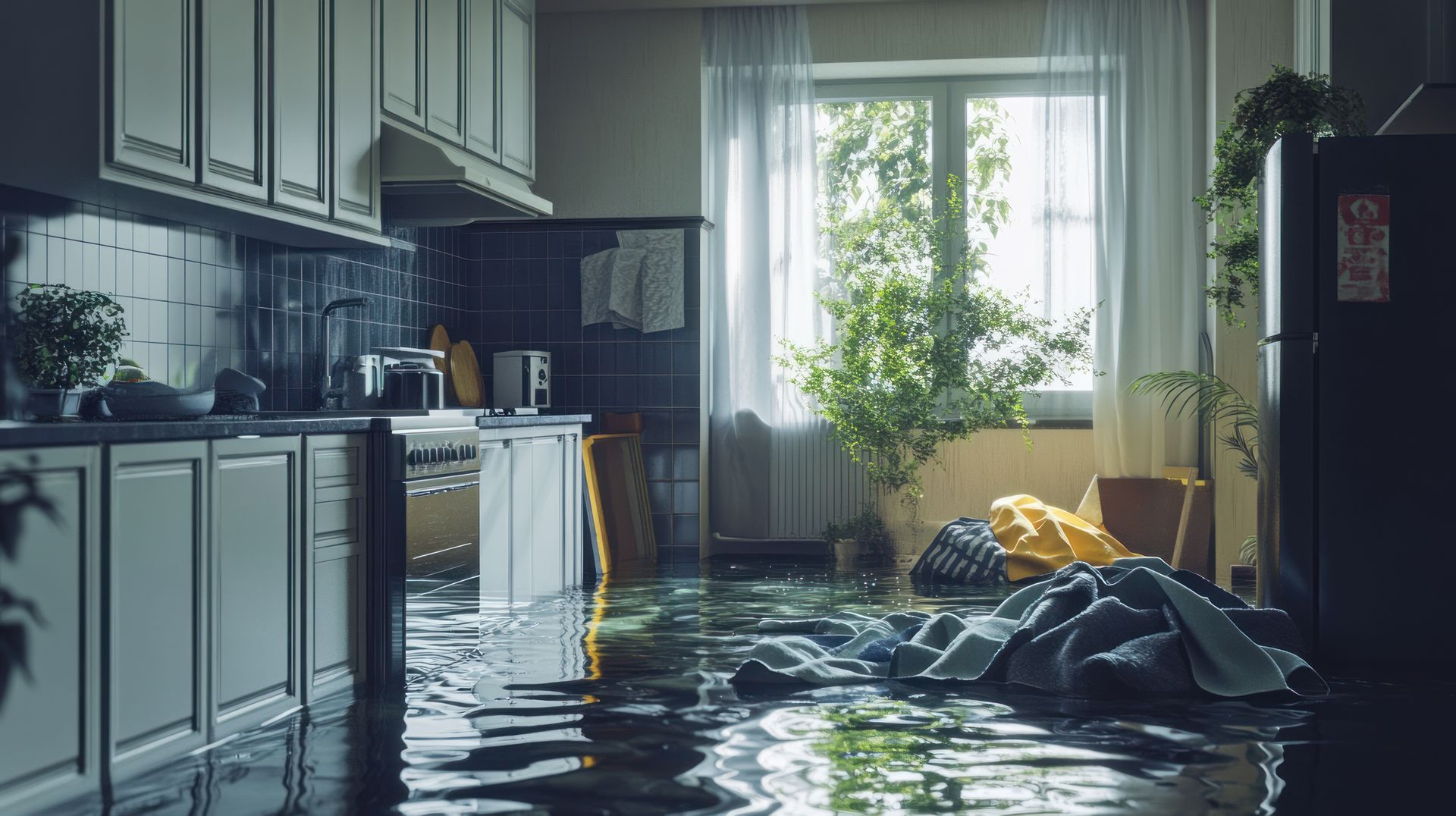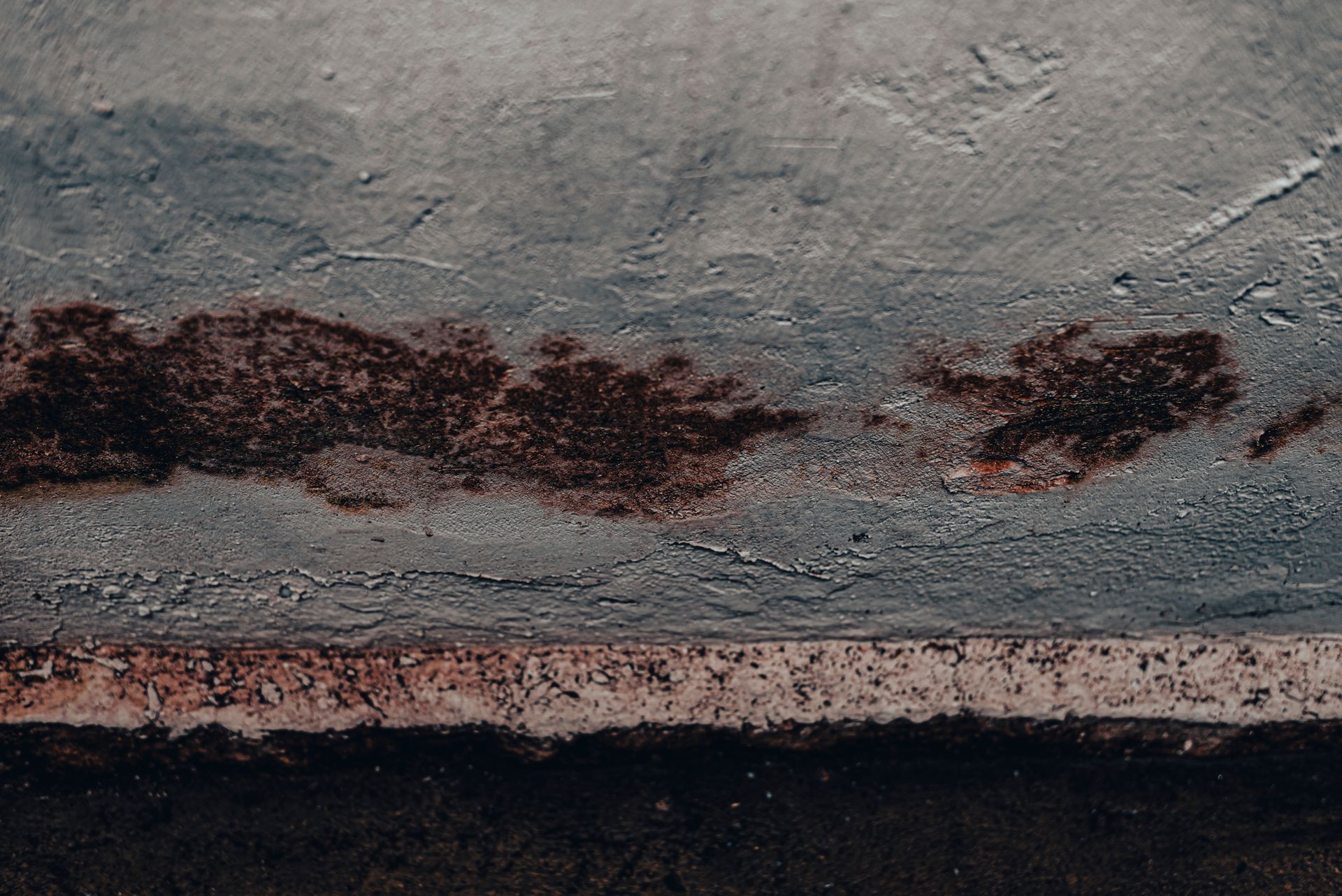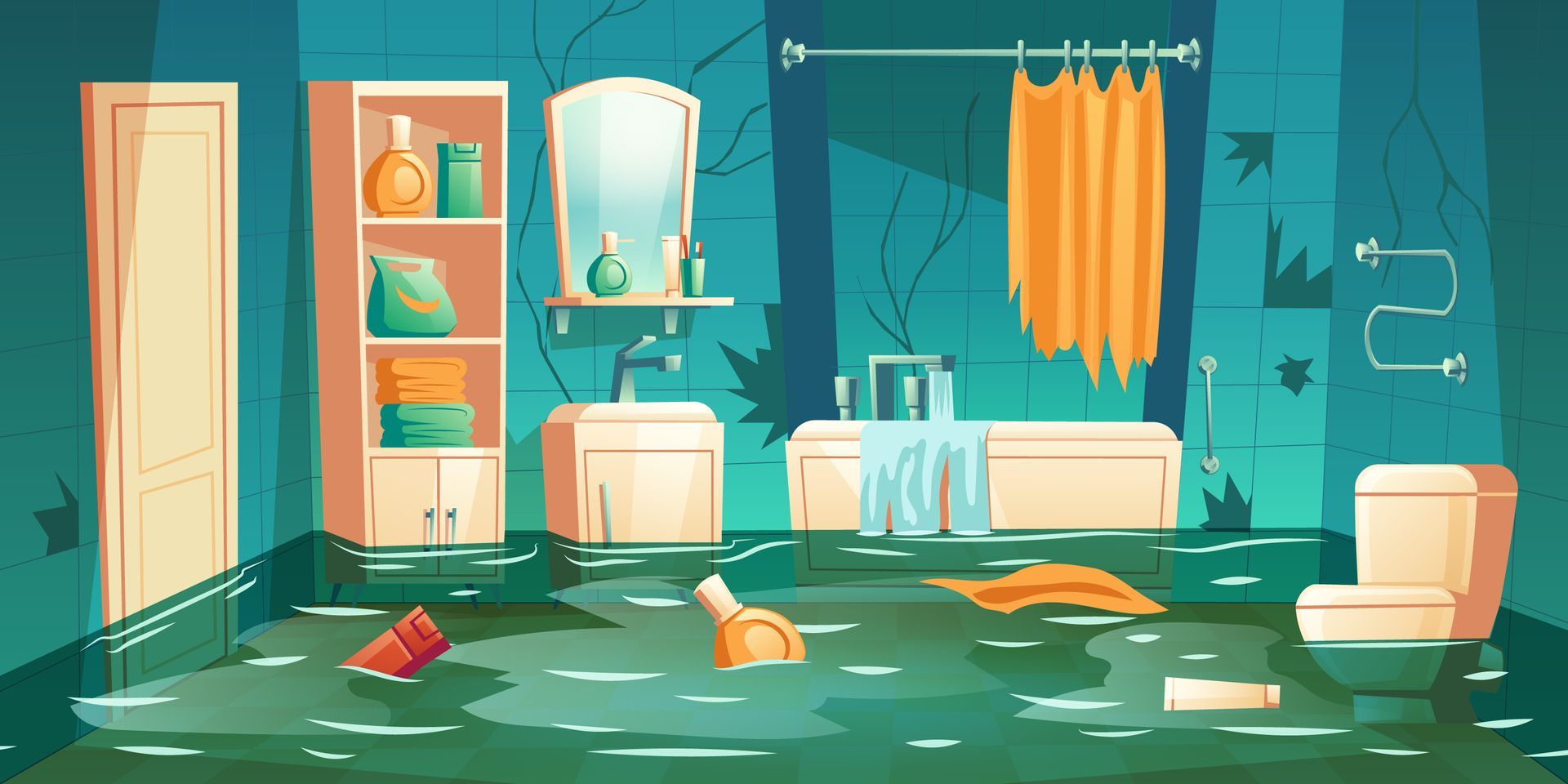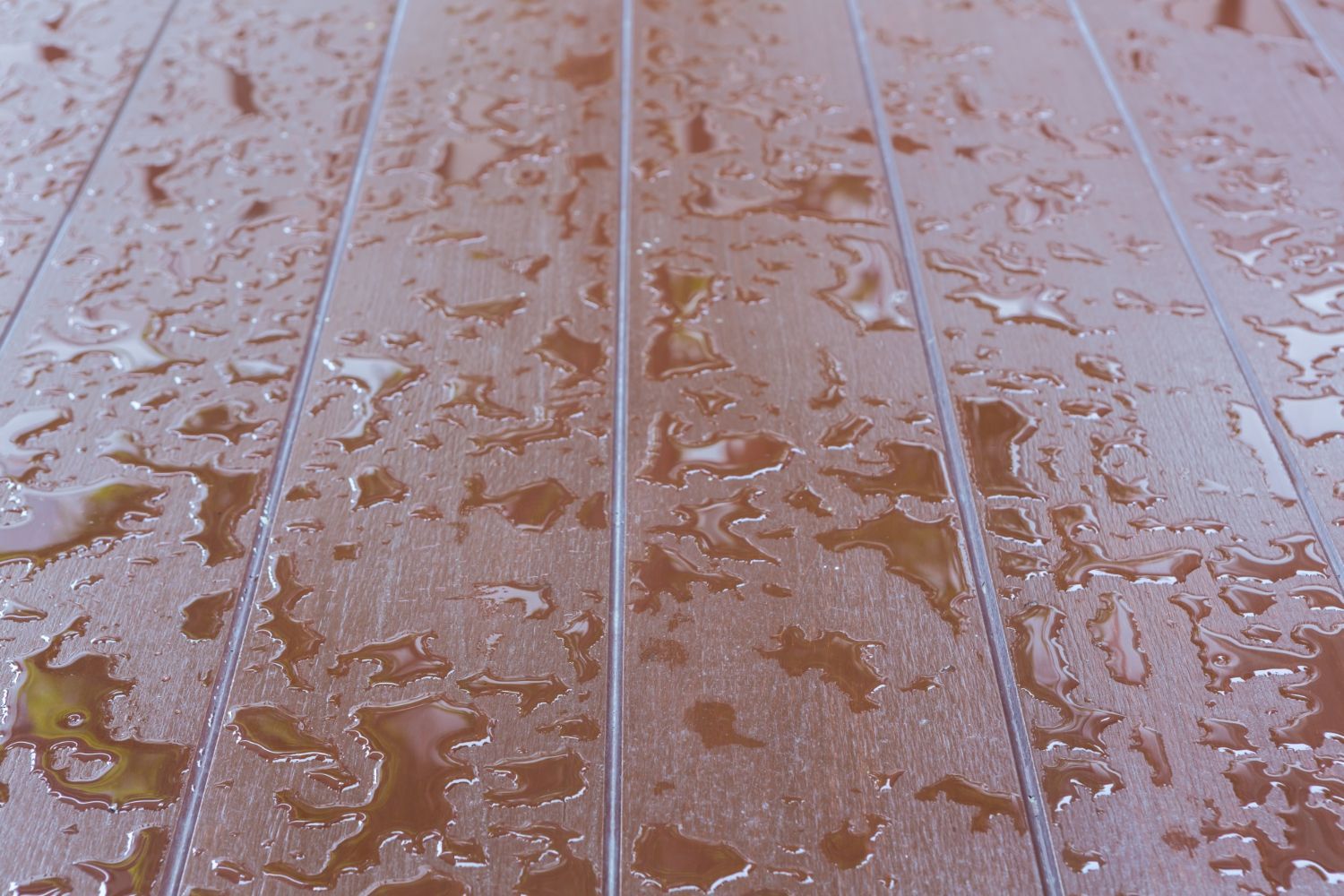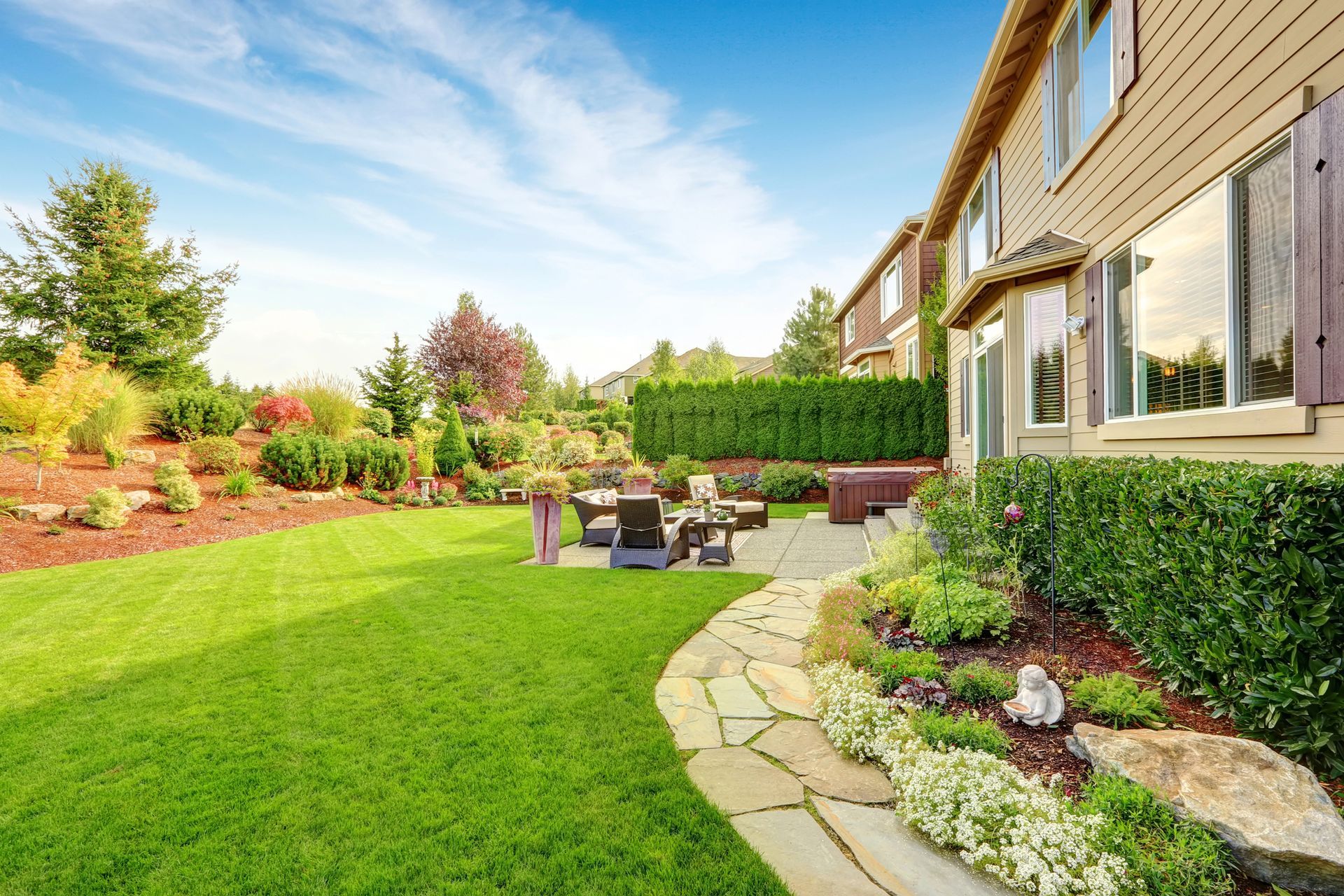Blog Layout
How to Prevent Damage From Frozen Pipes in Central Houston
December 21, 2018
A frozen pipe in your home spells trouble, for your plumbing system and beyond. Even just one frozen pipe could eventually burst, potentially leading to hundreds of gallons of water deposited right into your home, behind walls and underneath flooring. The ensuring property damage is likely to be exhausting, expensive, and downright messy to handle. It pays to prevent frozen pipes altogether. If you’re looking to winterize your home, consider a professional to make the job easier than ever.
Preventing Frozen Pipes
The surest way to avoid water damage from frozen pipes is to reduce the risk of frozen pipes altogether. After all, prevention is key. Now that you know your home is at risk of extensive water damage, you can take action today and stop your plumbing system from freezing and bursting. Here is how to prevent frozen pipes:
Take some time to insulate all exposed pipes, especially those in unheated areas, such as the attic, crawlspace, or near exterior walls.Take a walk around your property and actively seek out air leaks around your plumbing pipes. Seal these leaks with blow-in insulation or caulk to prevent freezing air from entering your walls and freezing the pipes.Disconnect any outdoor hoses, shut off the water to exterior faucets, and drain the swimming pool if necessary.When temperatures drop to their extreme, open the kitchen and bathroom cabinets and allow warm air to circulate around the plumbing pipes within. Remove any cleaners or household chemicals to avoid pets or children falling ill.During particularly cold periods, turn on both the hot and cold faucets near exterior walls and allow a small trickle of water to flow throughout the night. The running water will prevent the pipes from freezing.Make sure your family knows where water shutoff valves are located and when it is necessary to activate the valves to prevent further water damage.
Thawing Frozen Pipes
If your pipes do happen to freeze, you may need to take steps to thaw the pipes. Here is how to unfreeze your frozen pipes and prevent water damage:
Keep the faucet near an exterior wall open. As you treat your frozen pipes, the water will flow through the frozen section and down the drain. Then, the running water will help melt any remaining ice in the pipe.Apply heat directly to the frozen section of the pipe. Use an electric heating pad, portable space heater, or towels soaked in hot water. Never use an open flame device, such as a blowtorch.If you cannot thaw the pipes using DIY methods, then it is time to contact an expert. A plumber or water damage restoration specialist can handle the situation with ease.
If your home is suffering from frozen pipes or water damage, contact Restoration 1 of Central Houston. You can schedule top-rated water damage restoration services by calling us.
Restoration 1 of Central Houston
1614 W 22nd st, UNIT C, Houston, TX 77008

